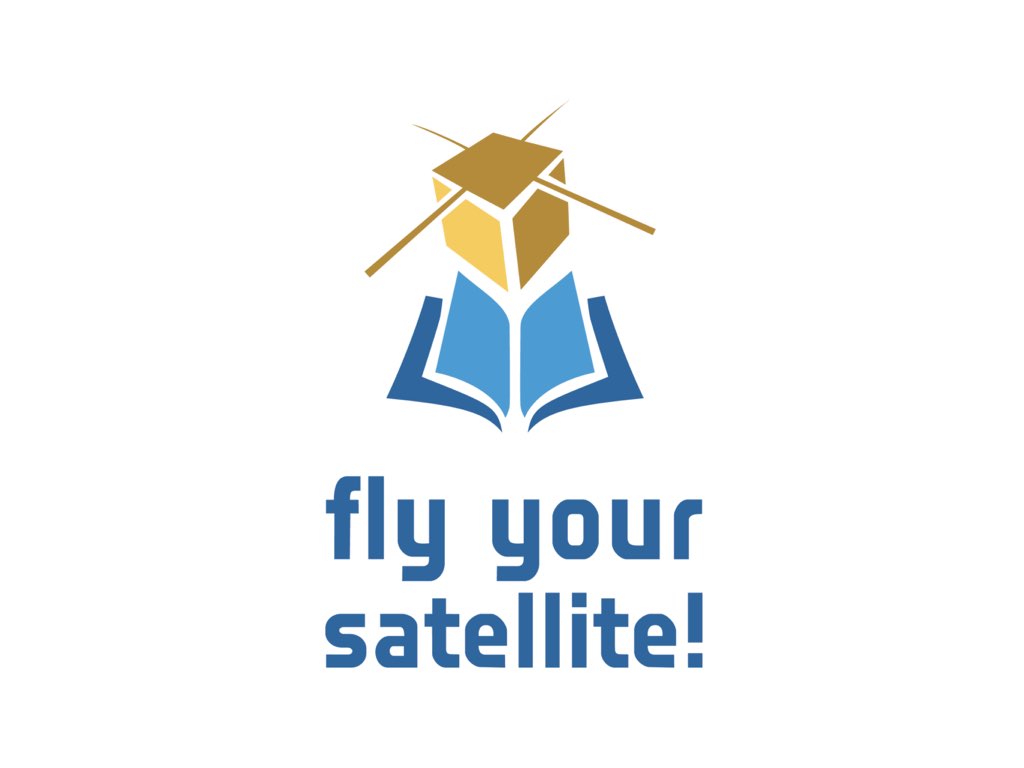AlbaCubesat
Résumé de section
-
Alba CubeSat UniPD is a student team from the University of Padova dedicated to launching a satellite entirely developed by students, marking the University's first venture into space. The team has recently successfully concluded, along with five other European teams, the European Space Agency (ESA) program called Fly Your Satellite! - Design Booster. This program offers student teams the opportunity to receive guidance and support from ESA specialists during the optimization of nano-satellite design.
The team is currently working on AlbaSat, a 2U CubeSat with four main mission objectives: (1) study the micro-debris environment in Earth's orbit, (2) measure onboard microvibrations, (3) conduct precise orbit determination through laser ranging, and (4) investigate alternative systems for potential Satellite Quantum Communication applications on nanosatellites. The technical data collected from these experiments will contribute to advancing our understanding of the space environment and will support ongoing research activities at the University of Padova.
In order to achieve these mission objectives, AlbaSat is equipped with four payloads: (1) an impact sensor, (2) a micro-vibration sensor, (3) a number of Corner Cube Retroreflectors, and (4) a Modulating Retro Reflector. Additionally, the mission's success is supported by various subsystems, including Telemetry, Tracking and Control System (TT&C), Electric Power System (EPS), Attitude Determination Control System (ADCS), and On-Board Computer (OBC).
The team is collaborating with QuantumFuture, a team from the Department of Information Engineering (DEI) specialized in Satellite Quantum Communication. Furthermore, technical support for the development of a Ground Station for satellite communication is being provided by the radio amateurs section of Padova (ARI Padova).
-
AlbaSat has four different mission objectives:
to collect in-situ measurements of the sub-mm space debris environment in LEO
to study the micro-vibration environment on the satellite throughout different mission phases;
to do precise orbit and attitude determination through laser ranging;
to investigate alternative systems for possible Satellite Quantum Communication applications on nanosatellites.
-
 The Fly Your Satellite! Design Booster pilot edition is an European Space Agency (ESA) programme dedicated to the CubeSat teams from Universities across Europe. By participating to the programme, the CubeSat teams are supported by ESA experts in the consolidation of the design of their satellite. Indeed, the design of the satellite is reviewed by ESA specialists, who identify potential improvements or
issues with design and assist in solving them, allowing teams to
maximize their chances of success with the continuation of their
missions. In addition, students will benefit from training opportunities
and webinars and introduced to common practices in the space domain.
The Fly Your Satellite! Design Booster pilot edition is an European Space Agency (ESA) programme dedicated to the CubeSat teams from Universities across Europe. By participating to the programme, the CubeSat teams are supported by ESA experts in the consolidation of the design of their satellite. Indeed, the design of the satellite is reviewed by ESA specialists, who identify potential improvements or
issues with design and assist in solving them, allowing teams to
maximize their chances of success with the continuation of their
missions. In addition, students will benefit from training opportunities
and webinars and introduced to common practices in the space domain.
